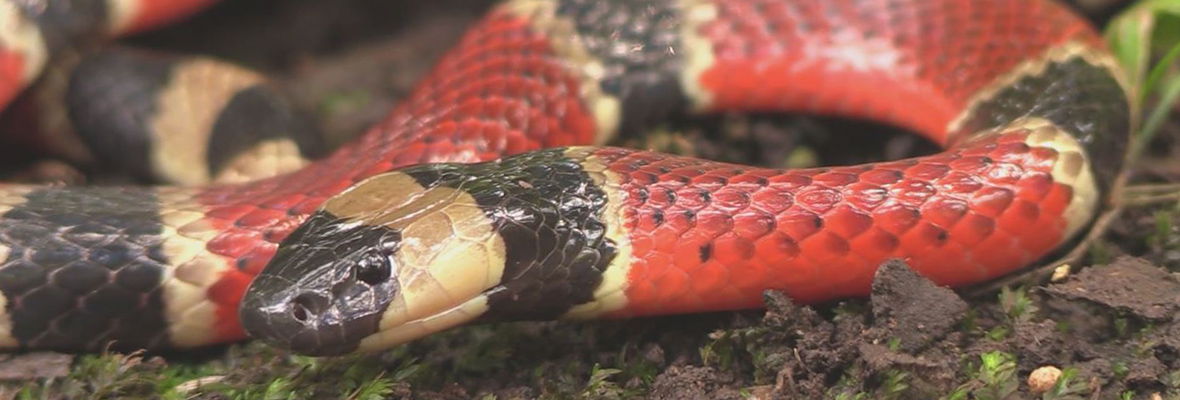Venomous Snakes of North Carolina
There are 37 different snake species in North California, and they have plenty of options to inhibit in this diverse state. However, only 6 out of these 37 snakes are venomous and harmful to humans. If you live in North California, it is important to know few essential facts about venomous snakes so that you can identify them with ease.

Venomous Snakes of North Carolina :
1. Copperhead snake:
One of the most popular snakes in North California is Copperhead that keeps on visiting wet woodlands so often. Experts report that this snake rarely harms humans, but it has enough venom to cause the death of pets such as dog and cat. The toxicity level as well as volume that it injects in one bite is low as compared to other dangerous snakes of North California; however, instant symptoms after a bite can include vomiting, headaches, unconsciousness, dizziness, and difficulty in breathing. This snake is often mistaken with corn and water snakes.
2. Cottonmouth:
This Greensboro snake gets its name from the white inner linings of its mouth. However, people also call it water moccasin. This snake can inject enough amount of hemotoxic venom with a single bite that can cause sudden tissue damage by killing red blood cells. People report that this snake is also mistaken with a brown snake, green snake, dark grey snake and Florida Green Watersnake.
3. Pigmy Rattlesnake:
Pigmy Rattlesnake is also named as Dusky Pink Rattlesnake, Pygmy Rattle, and Ground Rattle. This Greensboro snake can gain maximum length of only 30 inches and is one of the most aggressive species among North California snakes. Pigmy Rattlesnake bites can cause same hemotoxic reactions in the human body as that of cottonmouth snake.
4. Coral Snake:
There are very few chances to spot this rare snake in North California, but few people report its presence in South and South-eastern regions of the state. Although it has small fangs, this snake has highly potent venom that can cause immediate death of the infected person. Hence, it is good to stay away from this snake.
5. Eastern Diamondback Rattlesnake:
This snake in North California can grow up to 5 feet long and is rarely spotted by humans. But few experts say that if it gets proper diet and living conditions, it can even grow up to 8 feet. The Diamondback snake is often found in thick brush and vegetation. Reports show that it often loves to live in drier habitats as compared to wetlands, so it can be spotted in Pine flatbeds and forest bordering brushy fields. However, sightings of this snake are becoming rare year by year.
6. Greensboro Canebrake Rattlesnake:
Canebrake Rattlesnake is also known as Timber Rattlesnake or Timber Rattler, and it is often found in quiet suburban areas. Most of the time people spot it at fields, rocky hillsides, woodland edges, and swamps. These snakes have nocturnal behavior, and they are rarely spotted in the winter season. However, they are quite active on summer days. They come out in search of prey during light hours.
Visit our Greensboro wildlife removal home page to learn more about us.

